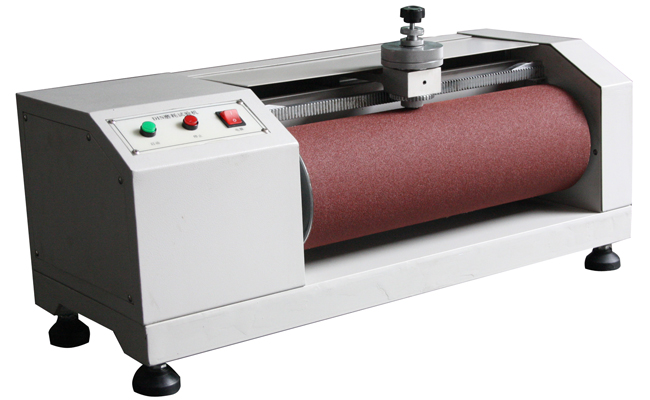- Qinsun Instruments Co., Ltd.
- Tell:+86-21-6780 0179
- Phone:+86-17740808215
- Address:No. 2578 Minhang District Gu Dai Road, Shanghai
- Contact:Mr. Li
- QQ:846490659
Methods for detecting instrument malfunctions

1. Observation methods
Utilize visual, olfactory, and tactile senses. Sometimes, damaged components may discolor, blister, or show burnt spots; Burnt devices may produce some special odors; Short circuited chips will heat up; Virtual or detached solder joints can also be observed with the naked eye.
2. Tapping method
It is common to encounter the phenomenon of instruments running good and sometimes bad, which is mostly caused by poor contact or virtual soldering. For this situation, tapping and hand pressing methods can be used.
The so-called "tapping" refers to gently tapping the plug-in board or components with a small rubber hammer or other striking objects on the parts that may cause faults, to see if it will cause errors or shutdown faults. The so-called "hand pressure" refers to the process of manually pressing down the components, plugs, and sockets that are plugged in after turning off the power when a malfunction occurs, and then turning on the machine to see if it will eliminate the problem. If you find that knocking on the casing is normal, and then knocking is not normal, it is best to reinsert all the connectors before trying again. If it is troublesome and unsuccessful, SOOQ. CN copyright is reserved, so we have to come up with a different solution.
3. Replacement method
Require two instruments of the same model or sufficient spare parts. Replace a good spare part with the same component on the faulty machine to see if the problem is resolved.
4. Exclusion method
The so-called troubleshooting method is to determine the cause of faults by plugging and unplugging some plug-in boards and components inside the machine. If the instrument returns to normal after unplugging a certain plug-in board or component, it indicates that the fault has occurred there.
5. Temperature rise and fall method
Sometimes, when the instrument operates for a long period of time, or when the working environment temperature is high in summer, it will malfunction. The shutdown check is normal, and after stopping for a period of time, it will start up again and then malfunction again. This phenomenon is caused by the poor performance of individual ICs or components, and the inability of high-temperature characteristic parameters to meet the requirements. In order to identify the cause of the malfunction in the metal processing mesh, the temperature rise and fall method can be used.
The so-called cooling refers to using cotton fibers to wipe anhydrous alcohol on the area where the malfunction may occur, to cool it down and observe whether the malfunction has been eliminated. The so-called temperature rise refers to artificially raising the ambient temperature, such as placing an electric soldering iron close to a suspicious area (be careful not to raise the temperature too high to damage normal components) to see if a malfunction has occurred.
6. Comparative methods
Two instruments of the same model are required, and one of them is operating normally. To use this method, it is necessary to have necessary instruments, such as a multimeter, oscilloscope, etc. According to the nature of comparison, there are voltage comparison, waveform comparison, static impedance comparison, output result comparison, current comparison, etc.
The specific method is to operate the faulty instrument under the same conditions as the normal instrument, then detect signals at certain points and compare the two sets of signals. If there are differences, it can be concluded that the fault is located here. This method requires maintenance personnel to have appropriate knowledge and skills.
7. Shoulder riding method
The shoulder riding method is also known as the parallel method. Place a good IC chip on top of the chip to be inspected, or connect good components (resistors, capacitors, diodes, transistors, etc.) in parallel with the component to be inspected and maintain good contact. If the fault is caused by internal open circuit or poor contact of the component, this method can be used to eliminate it.
8. Isolation method
The fault isolation method does not require comparison with instruments or spare parts of the same model, and is safe and reliable. According to the fault detection flow chart, the fault search scope is gradually reduced by dividing and surrounding. In addition, with signal comparison, component exchange and other methods, the fault location is generally found quickly.
9. Capacitor bypass method
If there is a strange phenomenon in a certain circuit, such as when the display is chaotic, the capacitor bypass method can be used to determine the approximate faulty part of the circuit. To connect the capacitor across
10. State adjustment method
Generally speaking, before the fault is determined, do not touch the components in the circuit, especially adjustable components such as potentiometers, without authorization. However, if multiple reference measures are taken in advance (such as marking the position of the detection instrument or measuring the voltage or resistance value before triggering), it is still allowed to be triggered when necessary. Perhaps the malfunction will sometimes be eliminated after the change.





